The difference between carbon steel and cast steel
What is the difference between cast steel and carbon steel? First, steel is classified by chemical composition
(1) Carbon steel: a. Low carbon steel (C≤0.25%) b. Medium carbon steel (C≤0.25~0.60%) c. High carbon steel (C≤0.60%)
Steel is classified according to the forming method: (1) Forged steel (2) Cast steel (3) Hot rolled steel (4) Cold drawn steel. The so-called cast steel and carbon steel are just the names produced by the different classifications of steel.
What is the difference between forged steel valve and cast steel valve? Forging and casting are two different
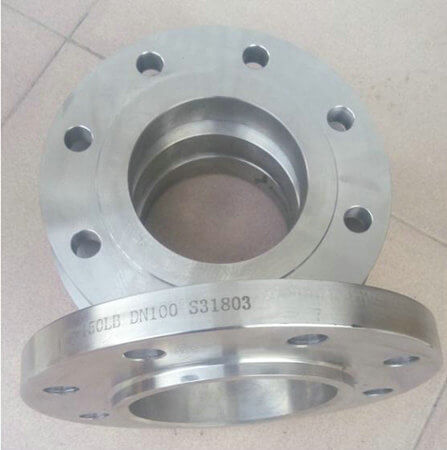
flanges
processing techniques.
Casting: The molten liquid metal fills the cavity and cools. Pores are easy to produce in the middle of the workpiece.
Forging: It is mainly formed by extrusion at high temperature. Can refine the crystal grain in the part.
Forging: Use hammering and other methods to make a metal material in a plastic state into a workpiece with a certain shape and size, and change its physical properties.
Casting: The metal is heated and melted and poured into a sand mold or mold, and solidified into a utensil after cooling.
The difference in performance
During forging, the metal undergoes plastic deformation to refine grains.
What is the difference between a cast iron valve and a cast steel valve? The main difference between cast iron and cast steel valves is the carbon content, which directly affects the strength and plasticity of the steel. Carbon steel is also called carbon steel, an iron-carbon alloy with a carbon content of less than 2% WC. In addition to carbon, carbon steel generally contains a small amount of silicon, manganese, sulfur, and phosphorus. According to its purpose, carbon steel can be divided into three types: carbon structural steel, carbon tool steel and free-cutting structural steel. Carbon structural steel is divided into building structural steel and machine-manufactured structural steel. According to the carbon content, carbon steel can be divided into low-carbon steel (WC ≤ 0.25%) and medium-carbon steel (WC0.25%-0.6%) And high-carbon steel (WC>0.6%) According to phosphorus and sulfur content, carbon steel can be divided into ordinary carbon steel (higher phosphorus and sulfur), high-quality carbon steel (lower phosphorus and sulfur) and high-quality Steel (lower phosphorus and sulfur) Generally, the higher the carbon content of carbon steel, the higher the hardness and the higher the strength, but the lower the plasticity.
The full name of carbon steel is carbon structural steel. Cast steel valves are also carbon steel valves (there are also cast iron valves). They are just made by casting methods, while common steels are made by rolling. The ingredients are the same.
What is the difference between cast steel, cast iron and carbon steel in valve materials? Simply put, you first
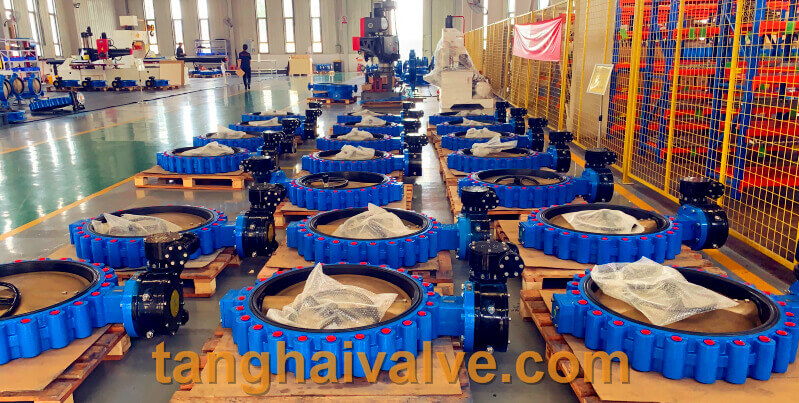
lug type butterfly valve, ductile iron, center lined,
distinguish between iron and steel. Both steel and iron are alloys based on iron and carbon as the main additive element, collectively referred to as iron-carbon alloys.
The cast iron is smelted in an iron melting furnace to obtain cast iron (liquid), and the liquid cast iron is cast into a casting, which is called a cast iron.
What is the difference between cast steel and carbon steel. First, steel is classified by chemical composition
(1) Carbon steel: a. Low carbon steel (C≤0.25%); b. Medium carbon steel (C≤0.25~0.60%); c. High carbon steel (C≤0.60%).
Steel is classified according to the forming method: (For valves with different pressures, different materials are used.
Medium and low pressure valve, the valve body material is cast iron. For high-pressure valves, because of the large pressure, the valve body must be made of cast steel. Special valves may use various alloy materials and stainless steel.
It is said that carbon steel is only a kind of steel, and cast steel is a processing method of steel, not a concept.
What is the difference between carbon steel gate valve and cast steel gate valve. Many people think that carbon steel gate valves and cast steel gate valves are two kinds of materials.
1. The cast steel check valve and carbon steel check valve are check valves of the same material, both of which are made of WCB A216 carbon steel.
2. Cast steel check valve, because the valve body of WCB material is cast, so the name suggests, it is called cast steel check valve.
3. Carbon steel check valve, because the main material of WCB material is carbon steel, it is named carbon steel check valve.
The forging process of steel is different in processing form. Cast steel The steel used for pouring castings. A kind of casting alloy. Cast steel is divided into cast carbon steel, cast low alloy steel and cast special steel. Cast steel refers to a type of steel casting produced by casting methods. Cast steel is mainly used to manufacture some parts with complex shapes, difficult to forge or cutting and forming, but require high strength and plasticity. Forged steel: Forged steel refers to various forgings and forgings produced by forging methods. The quality of forged steel parts is higher than that of cast steel parts, can withstand large impact forces, and have plasticity, toughness and other mechanical properties.
What is the meaning of cast steel and carbon steel of the valve? What is the meaning of cast steel and carbon steel. Thank you. Carbon steel is represented by CS, but it is generally not mentioned in the case of cast steel. Detailed materials such as WCB, WCC, LCC, etc. will be stated.
The valve is a control component in the fluid conveying system. It has the functions of cut-off, regulation, diversion, prevention of reverse flow, stabilization, diversion or overflow and pressure relief. Valves used in fluid control systems, ranging from the simplest shut-off valve to the various valves used in extremely complex automatic control systems, have a wide variety and specifications.
Valves can be used to control air, water, steam, various corrosive media, mud, oil, liquid metal and radioactive media. >>Cast steel has less carbon content, good toughness, and higher pressure and temperature resistance than cast iron. Cast iron valves are not suitable for diesel, sea water and acid media. Cast iron valves are cheaper. Their materials are obviously different, and they are used in different environments! The cost is also different. In short, the price is analyzed in detail, and the properties of various materials are different. Temperature resistant. Cast steel valves can withstand high temperatures, but cast iron valves cannot be used with water.

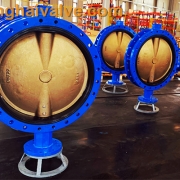 tanghaivalve.com
tanghaivalve.com 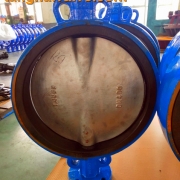 tanghaivalve.com
tanghaivalve.com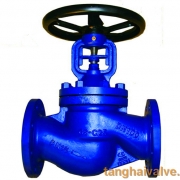 tanghaivalve.com
tanghaivalve.com 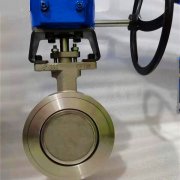


 © Copyright 2020 Tianjin Tanghaidongyang Valve Co., Ltd. All Rights Reserved.
© Copyright 2020 Tianjin Tanghaidongyang Valve Co., Ltd. All Rights Reserved.